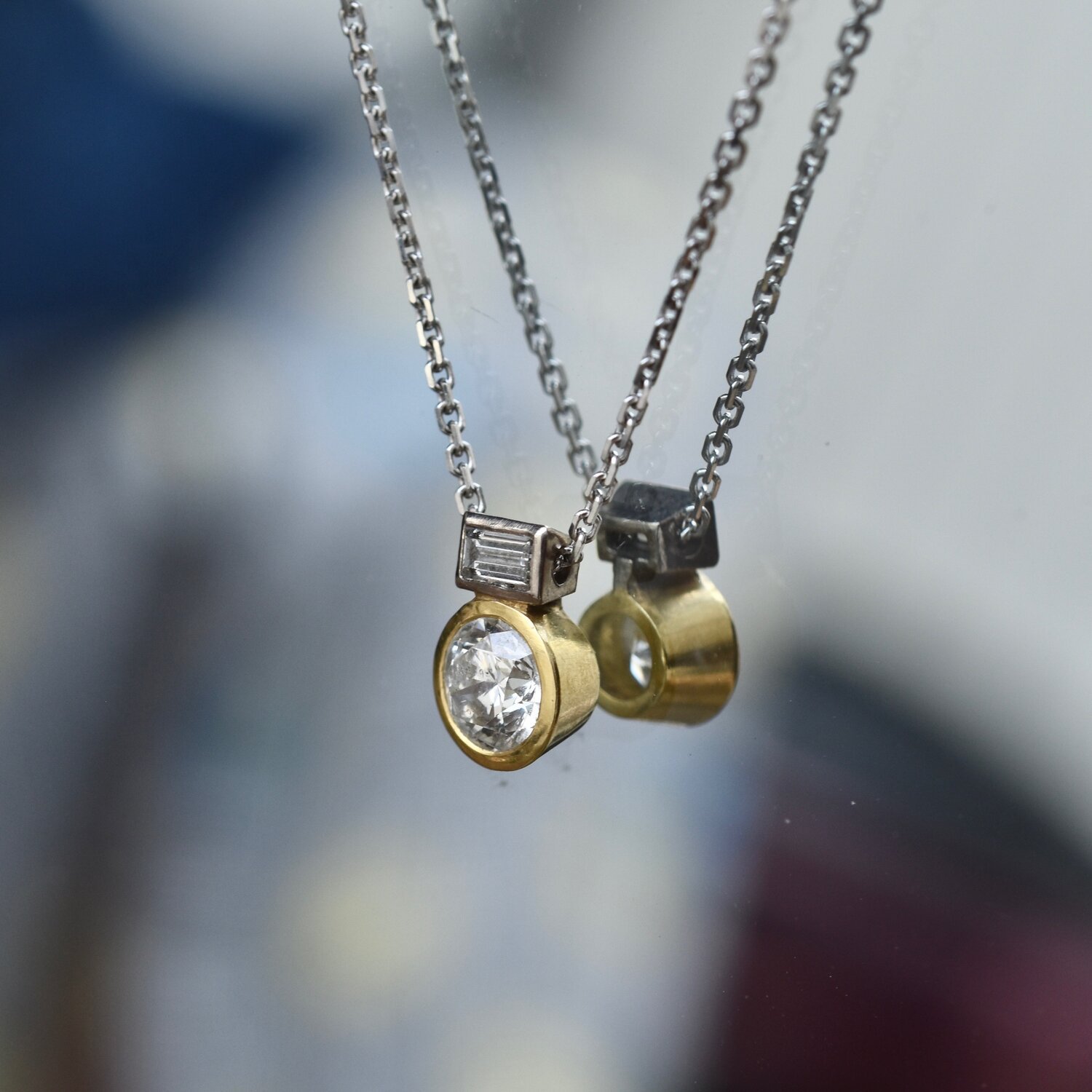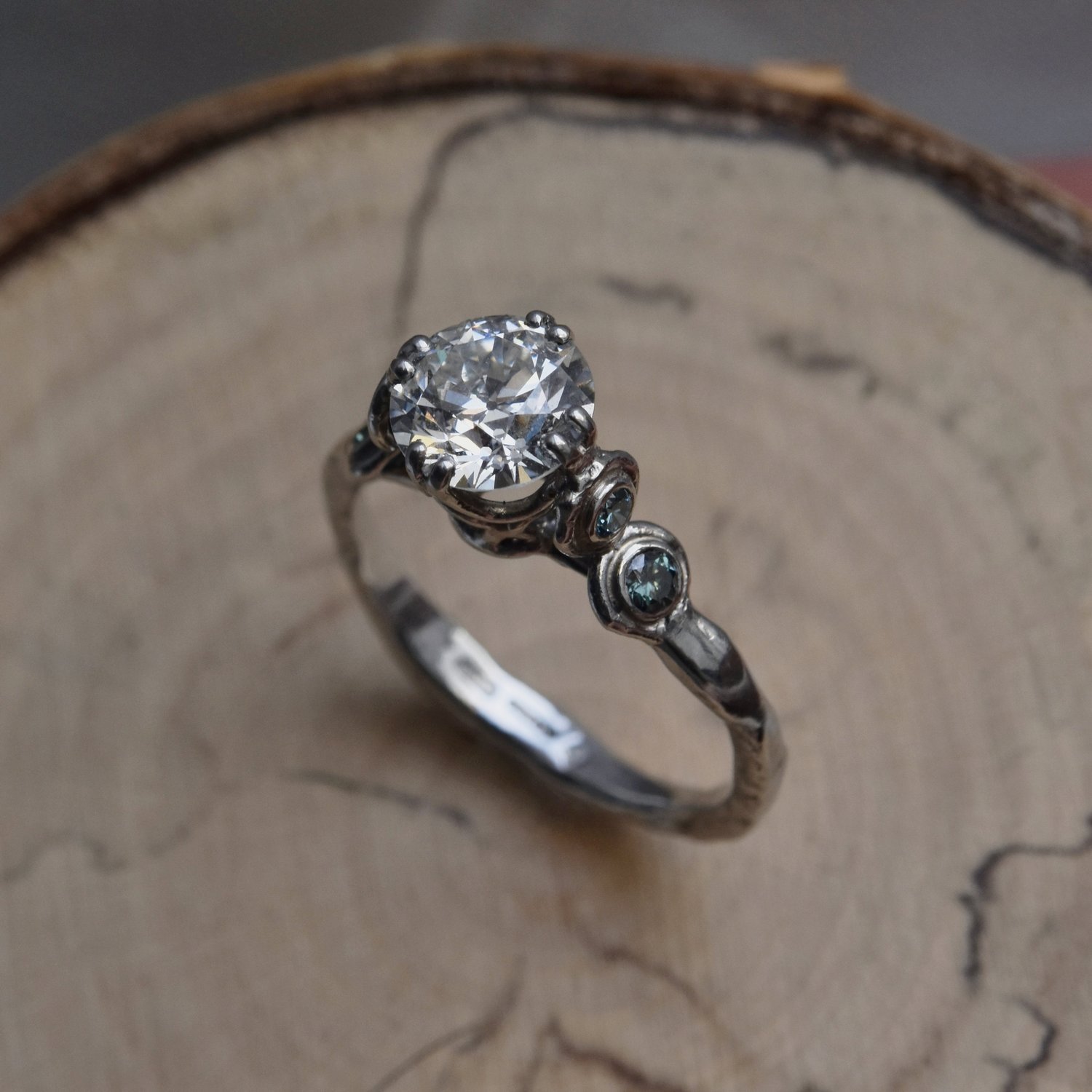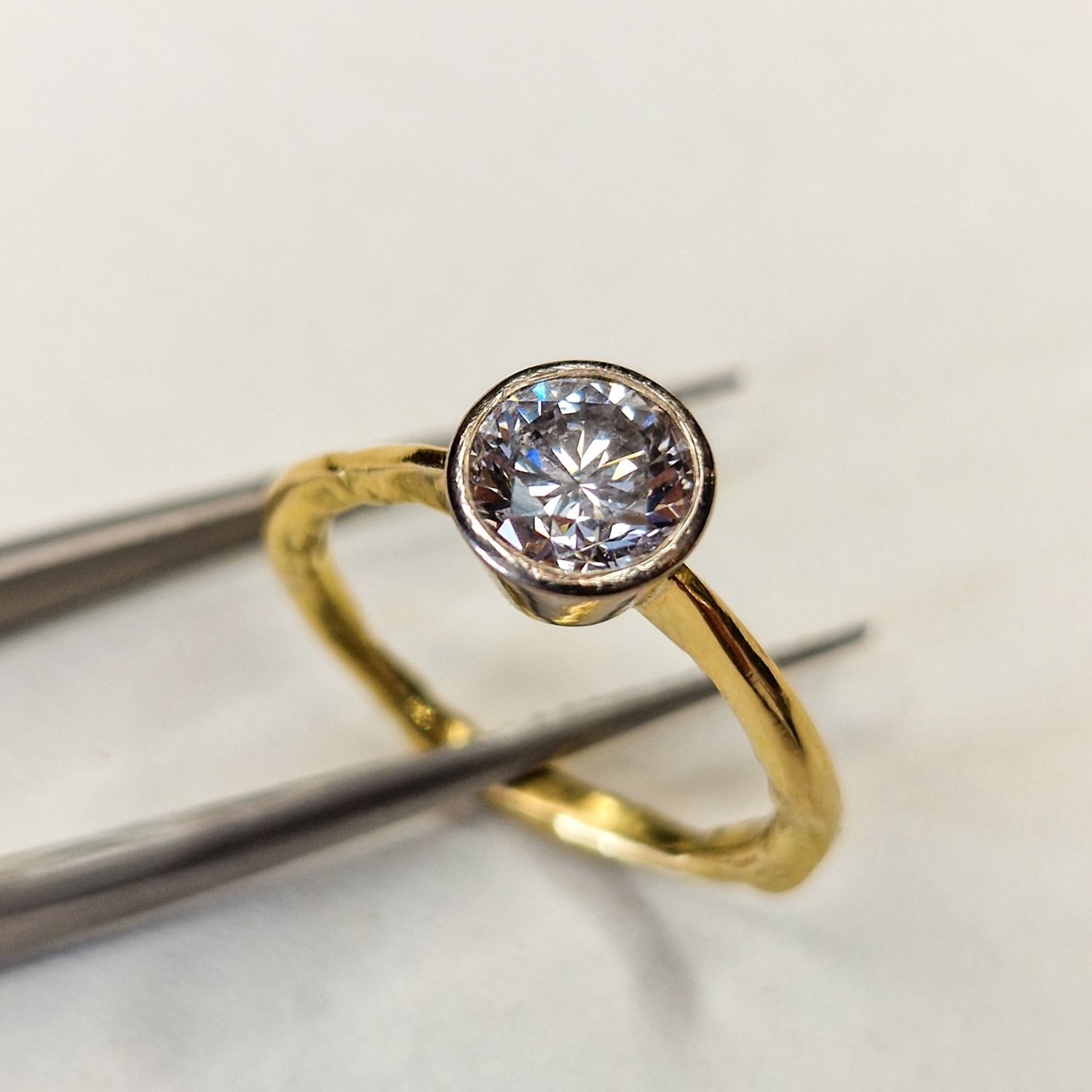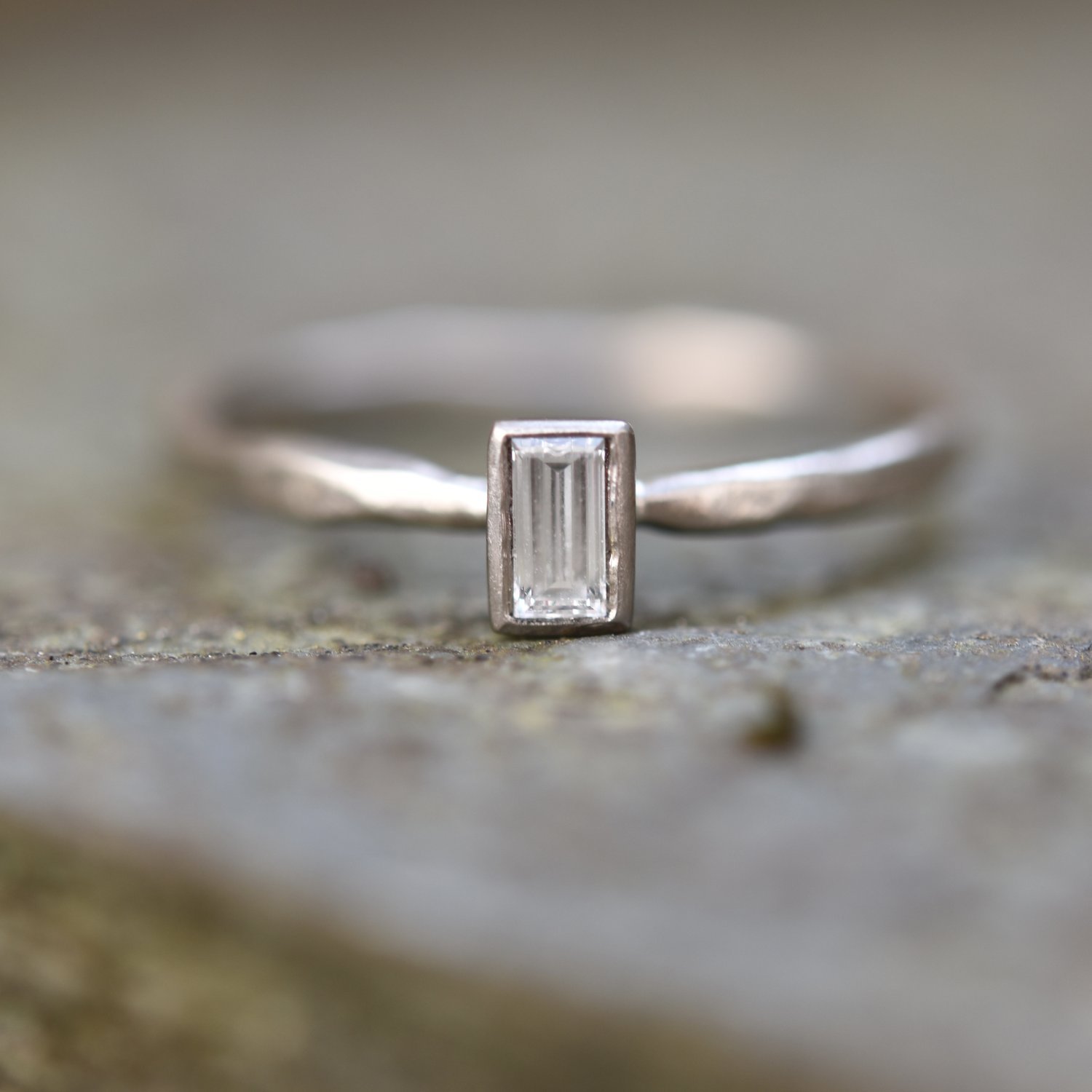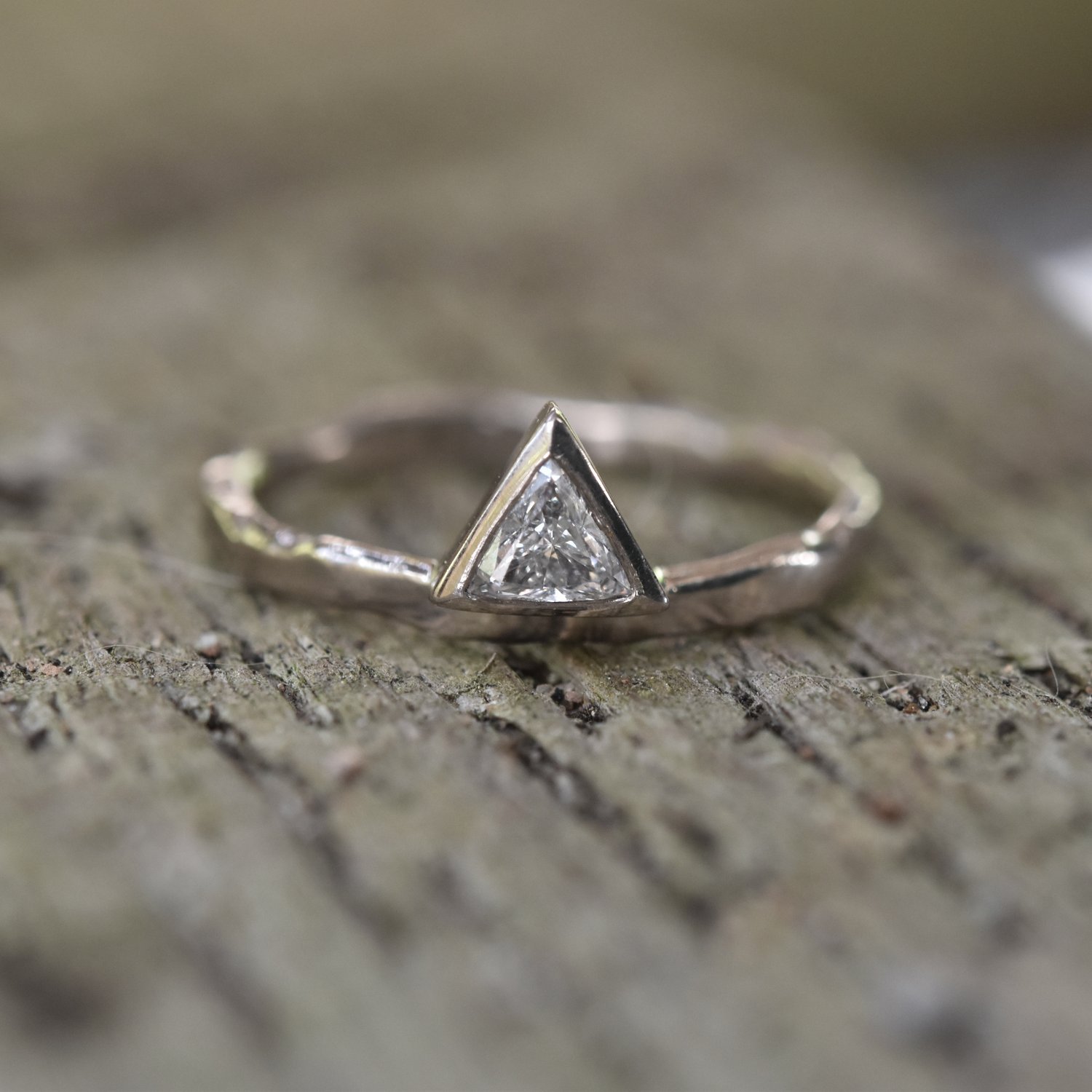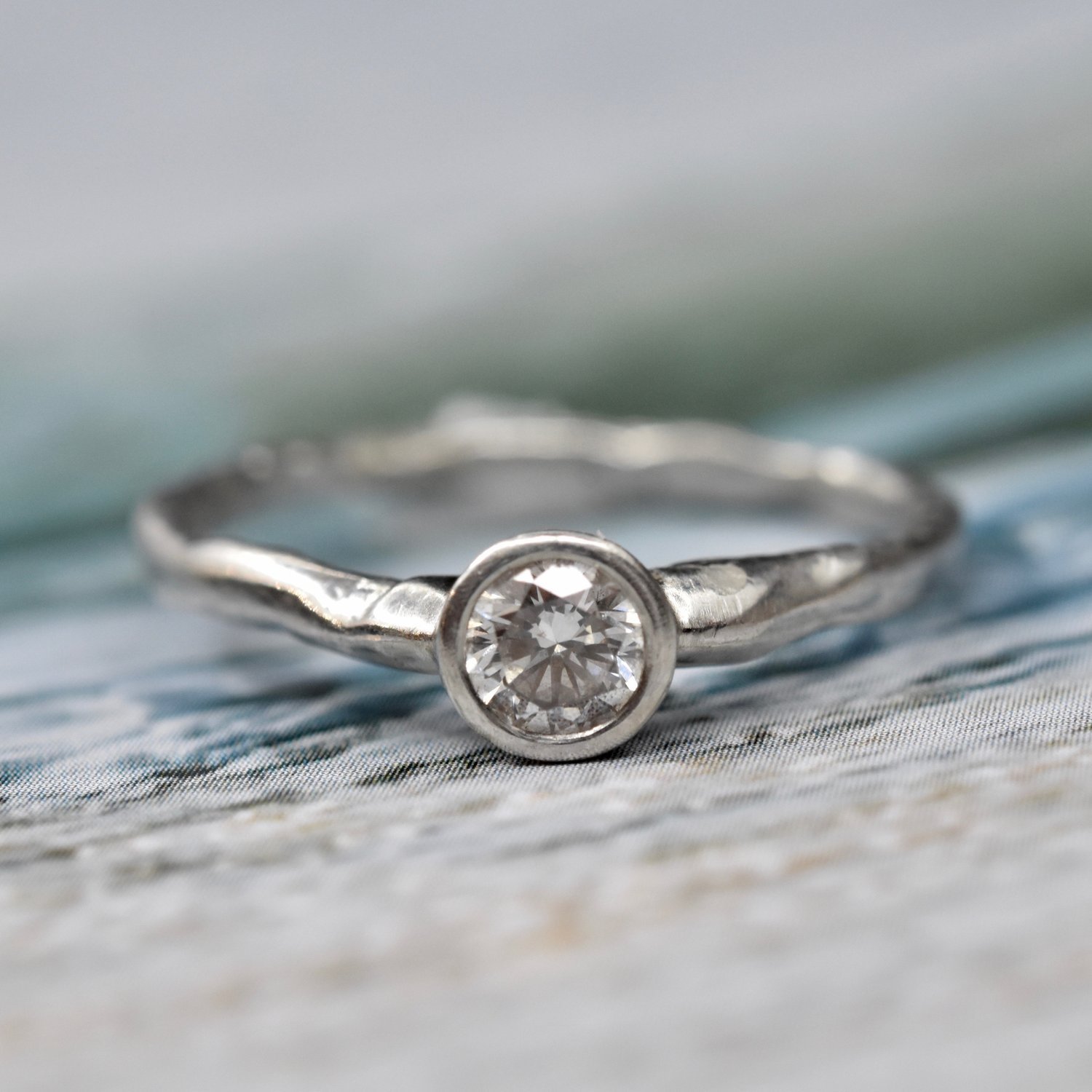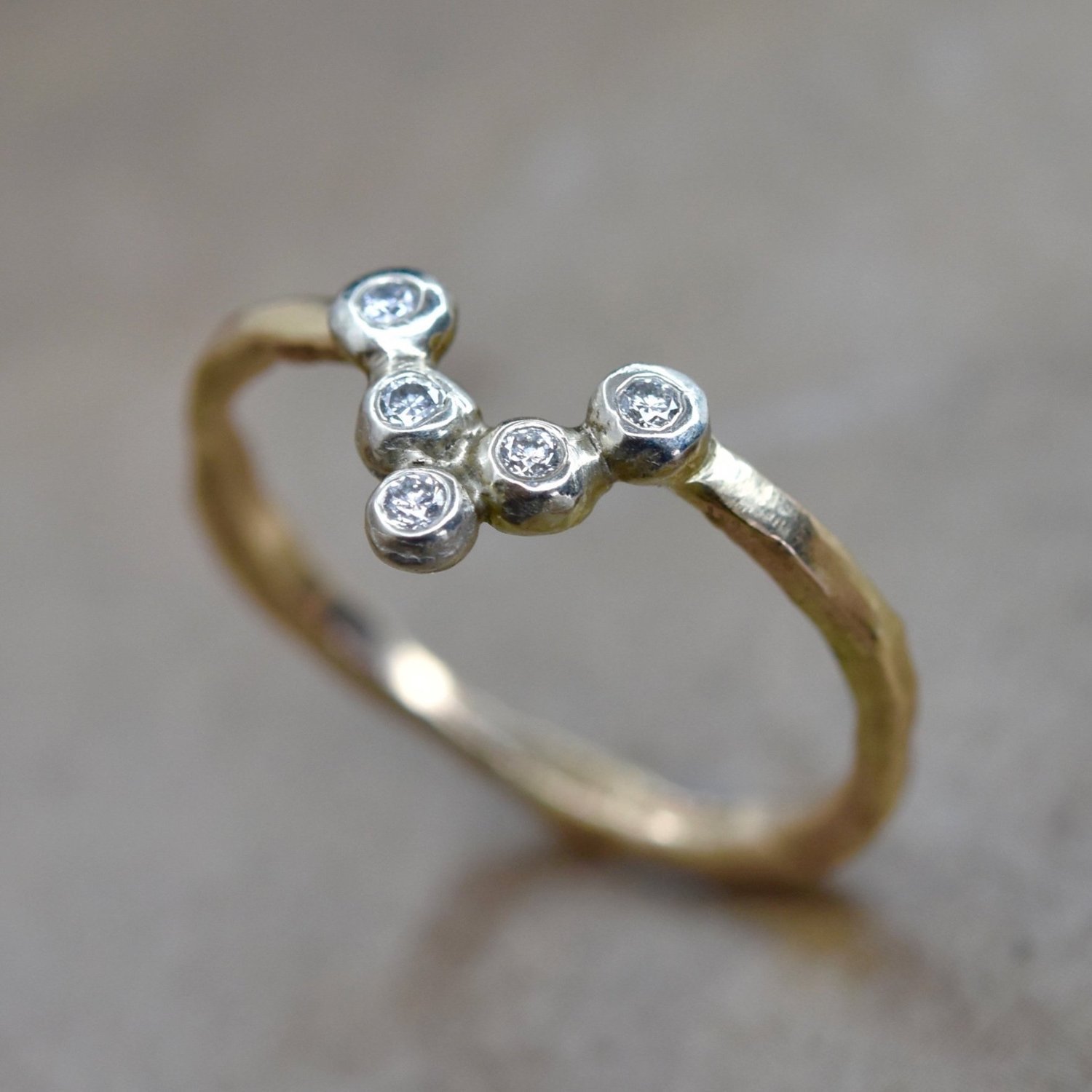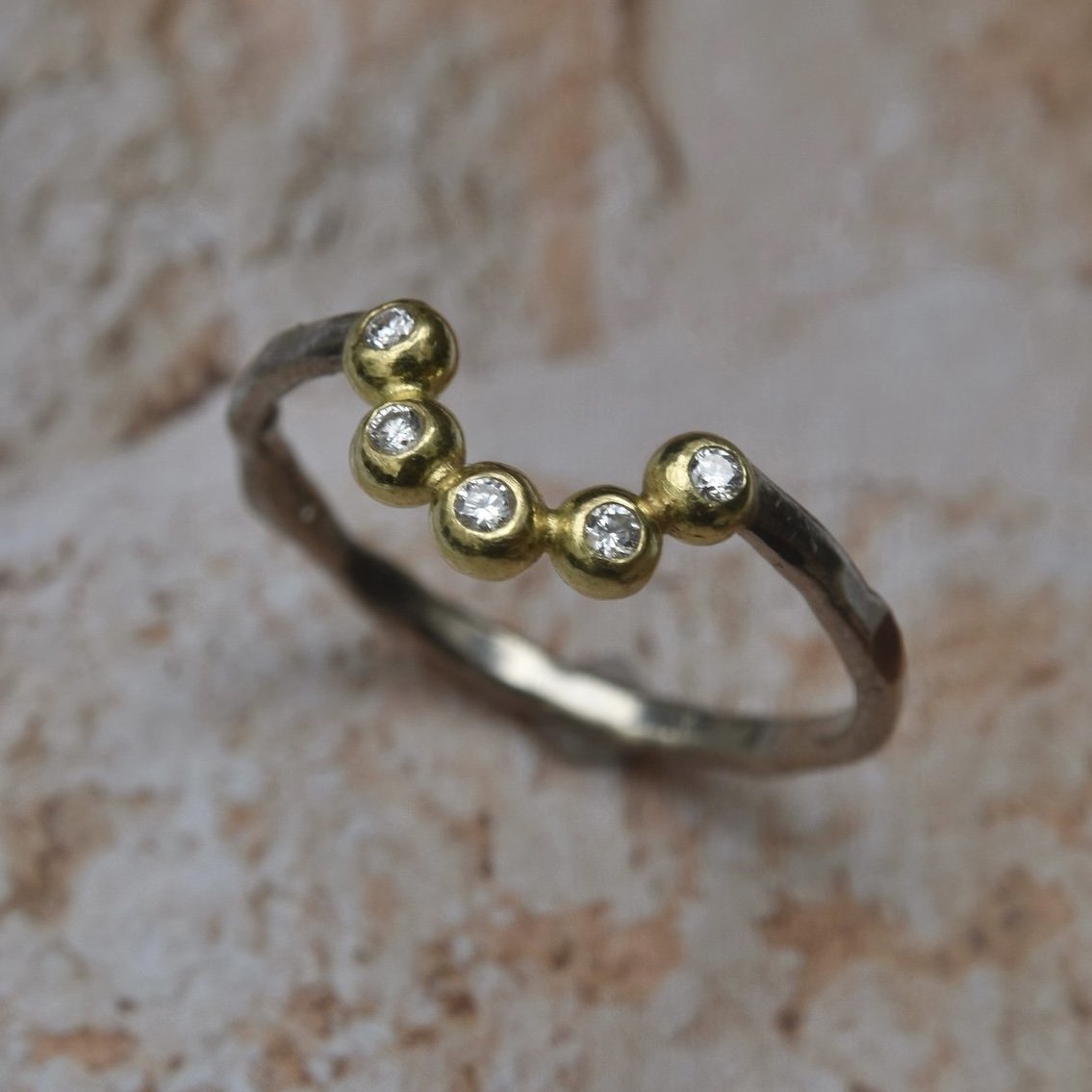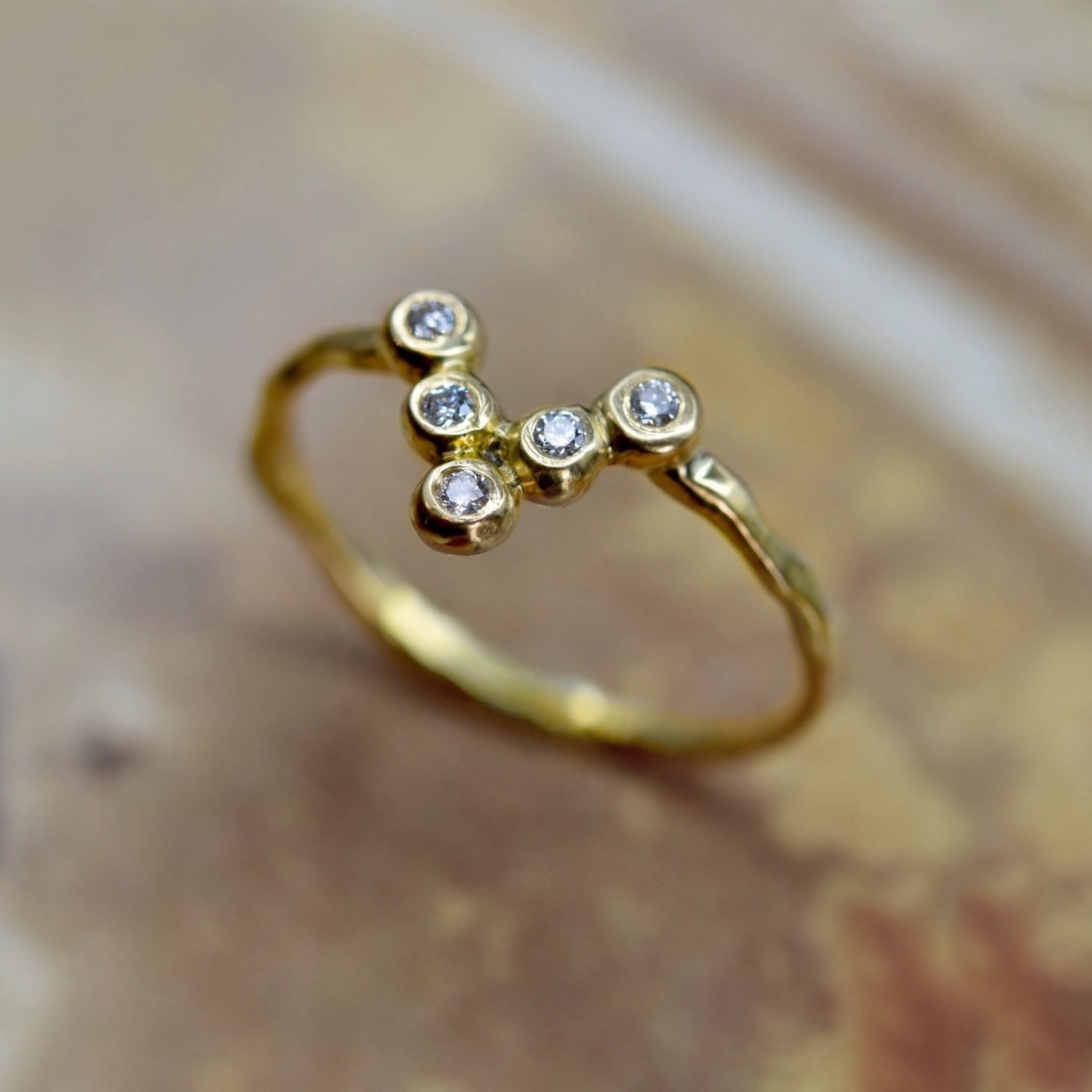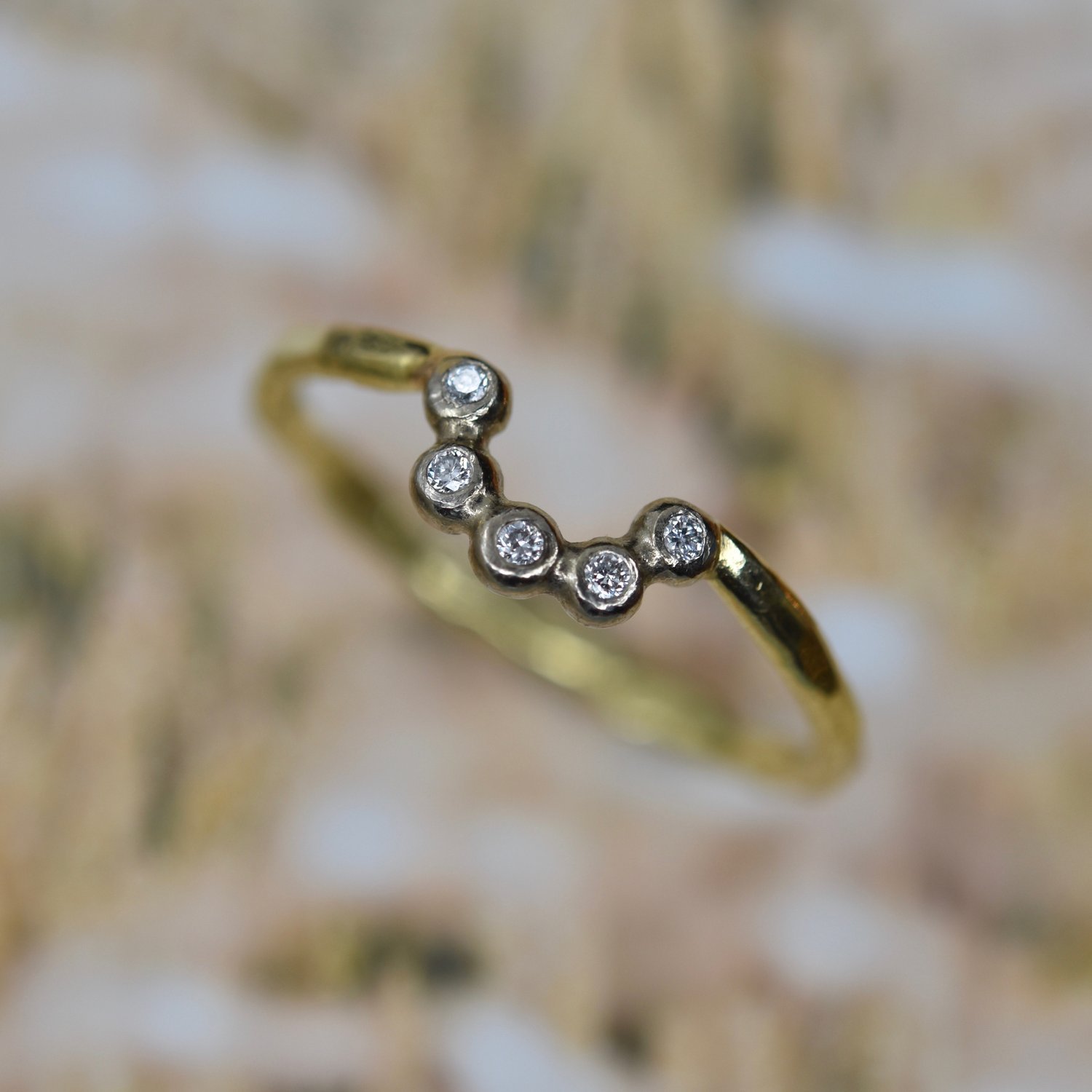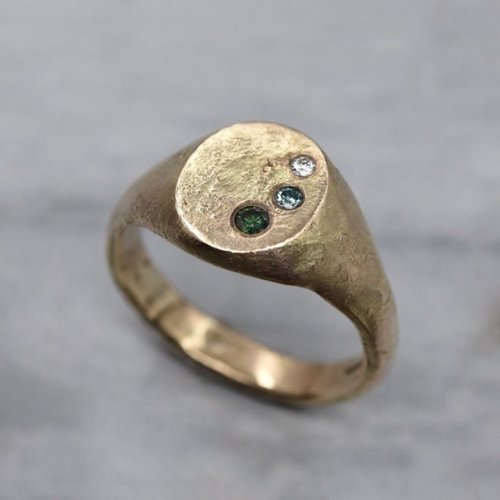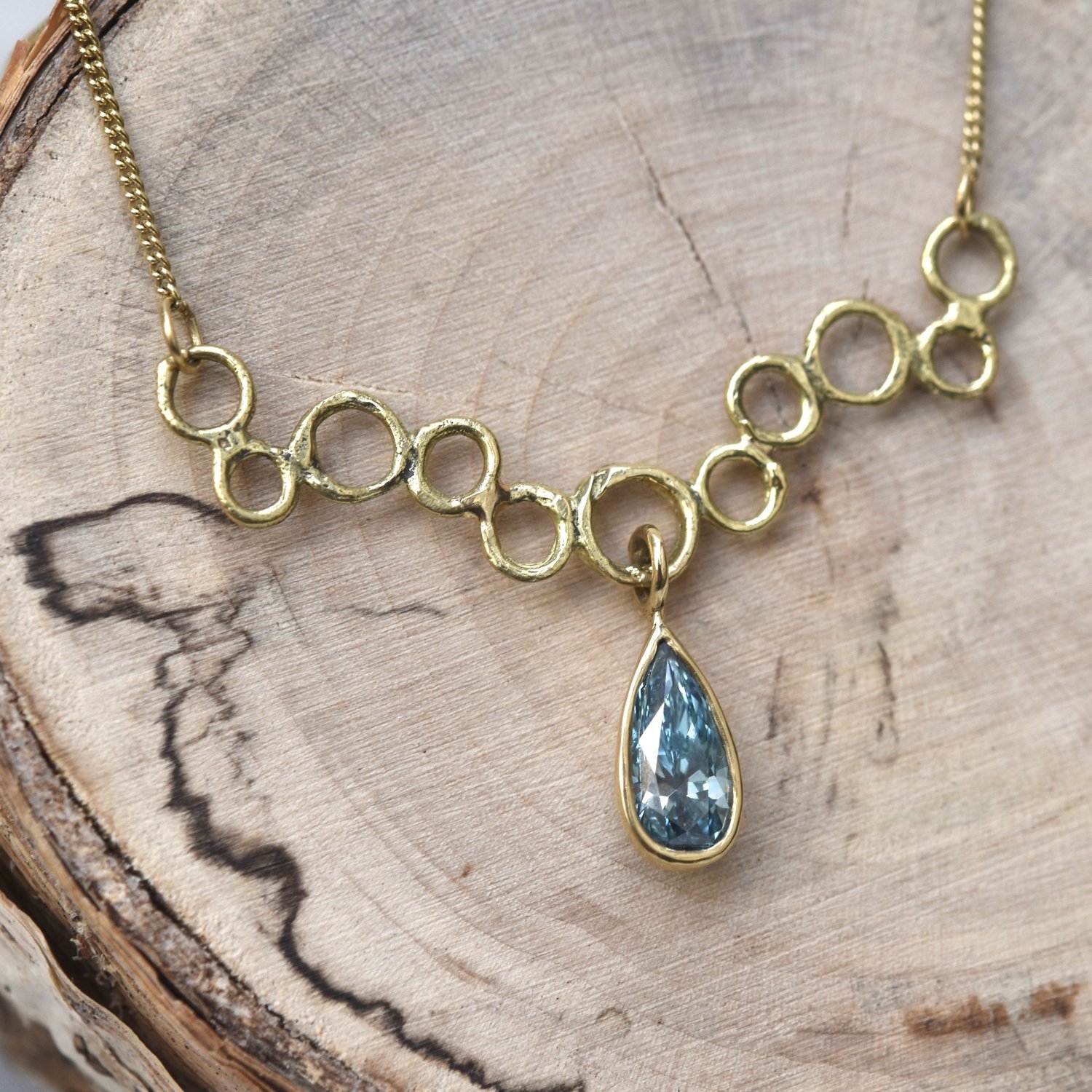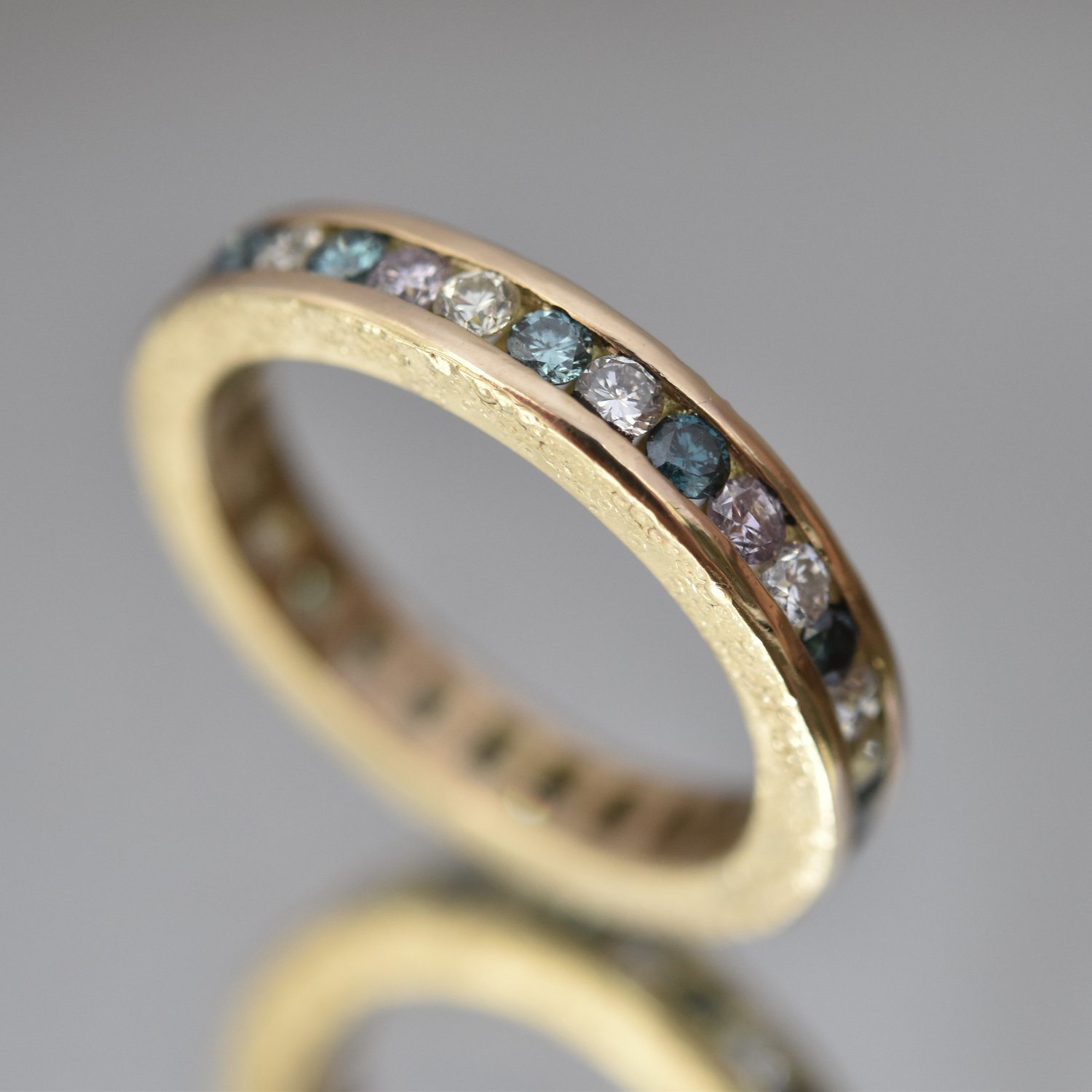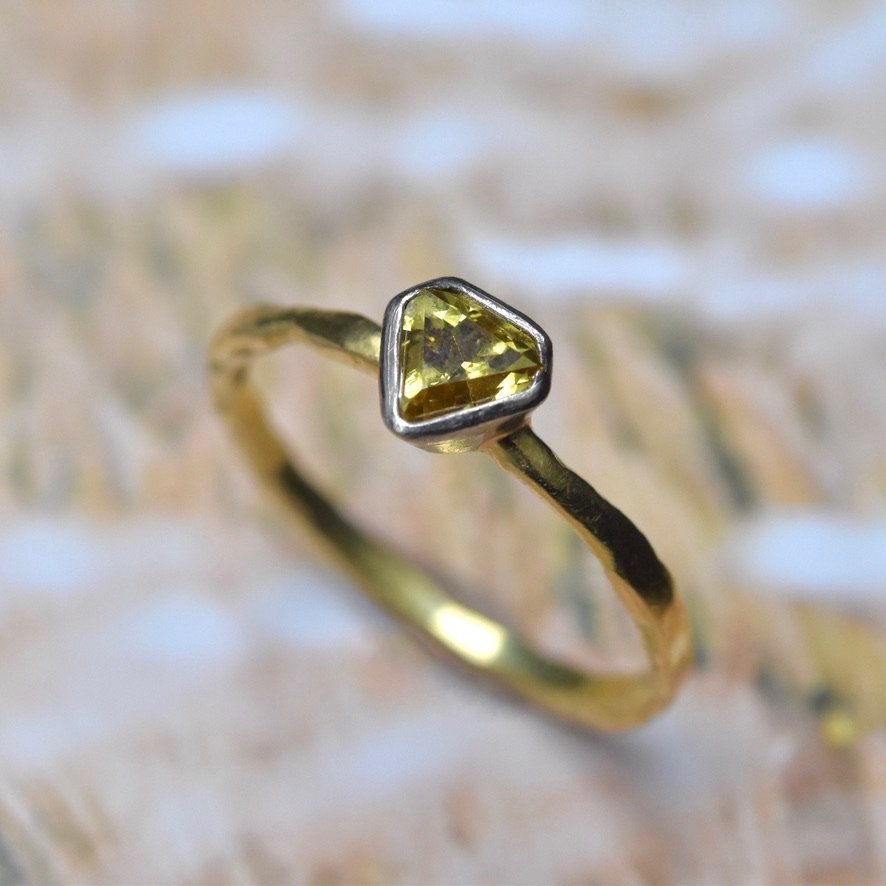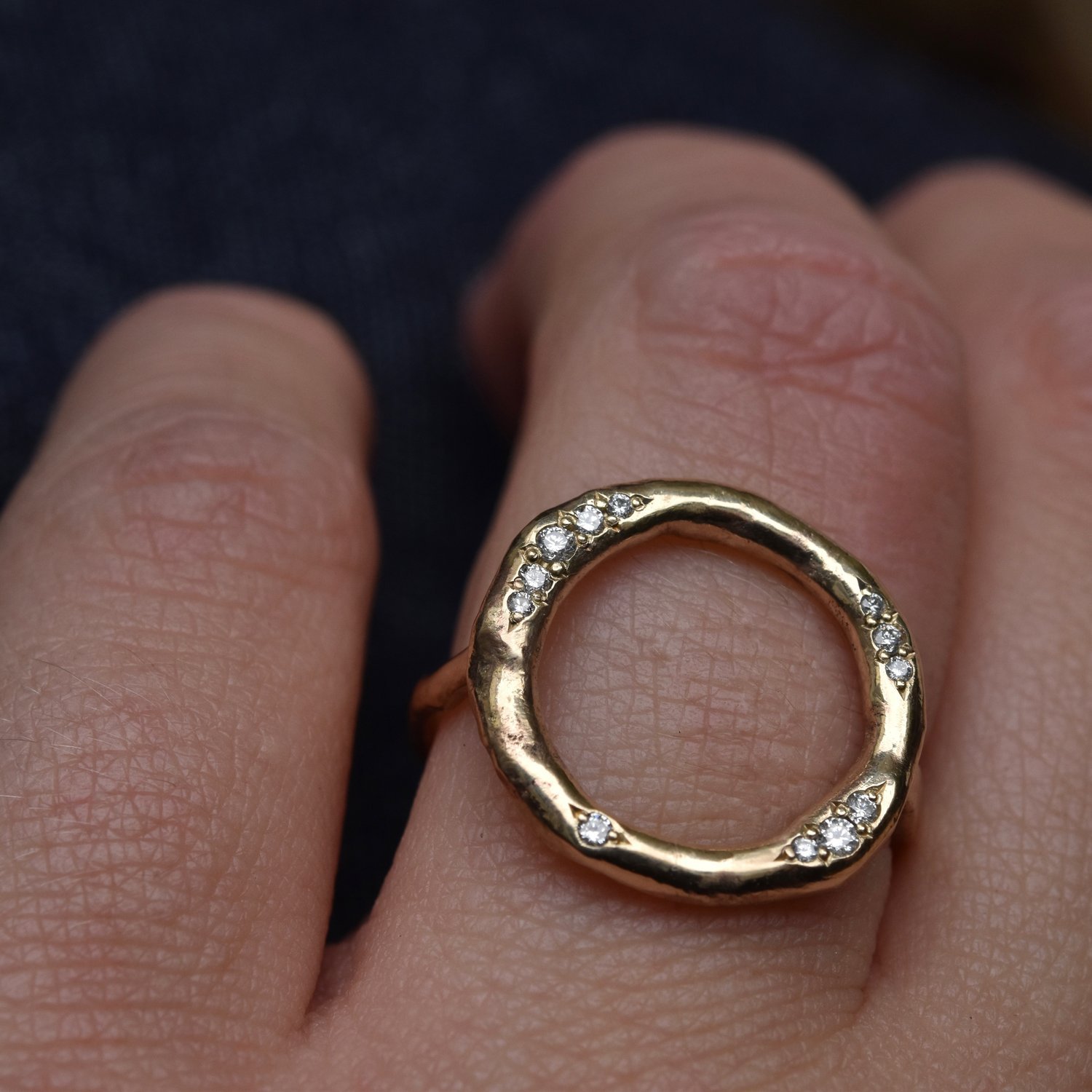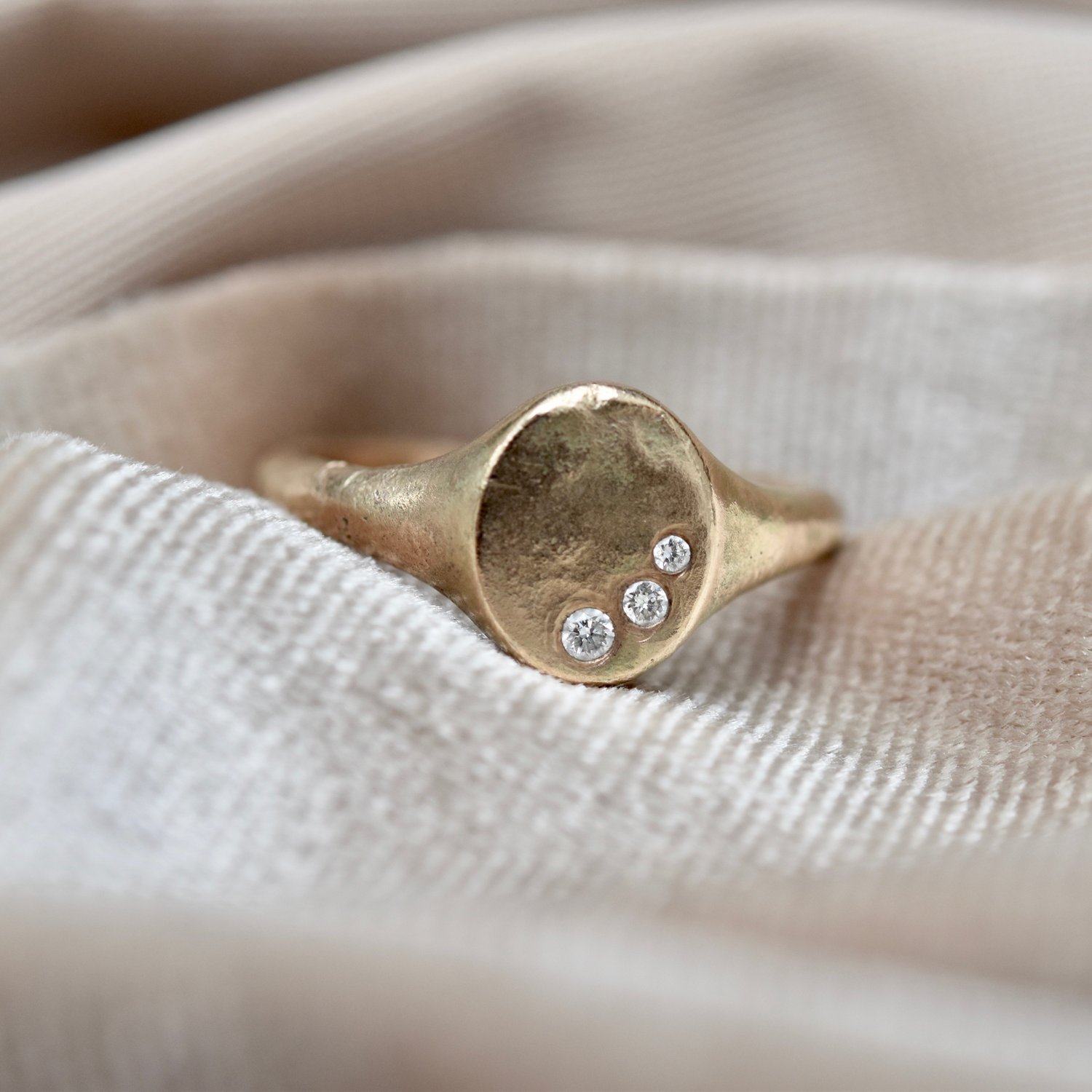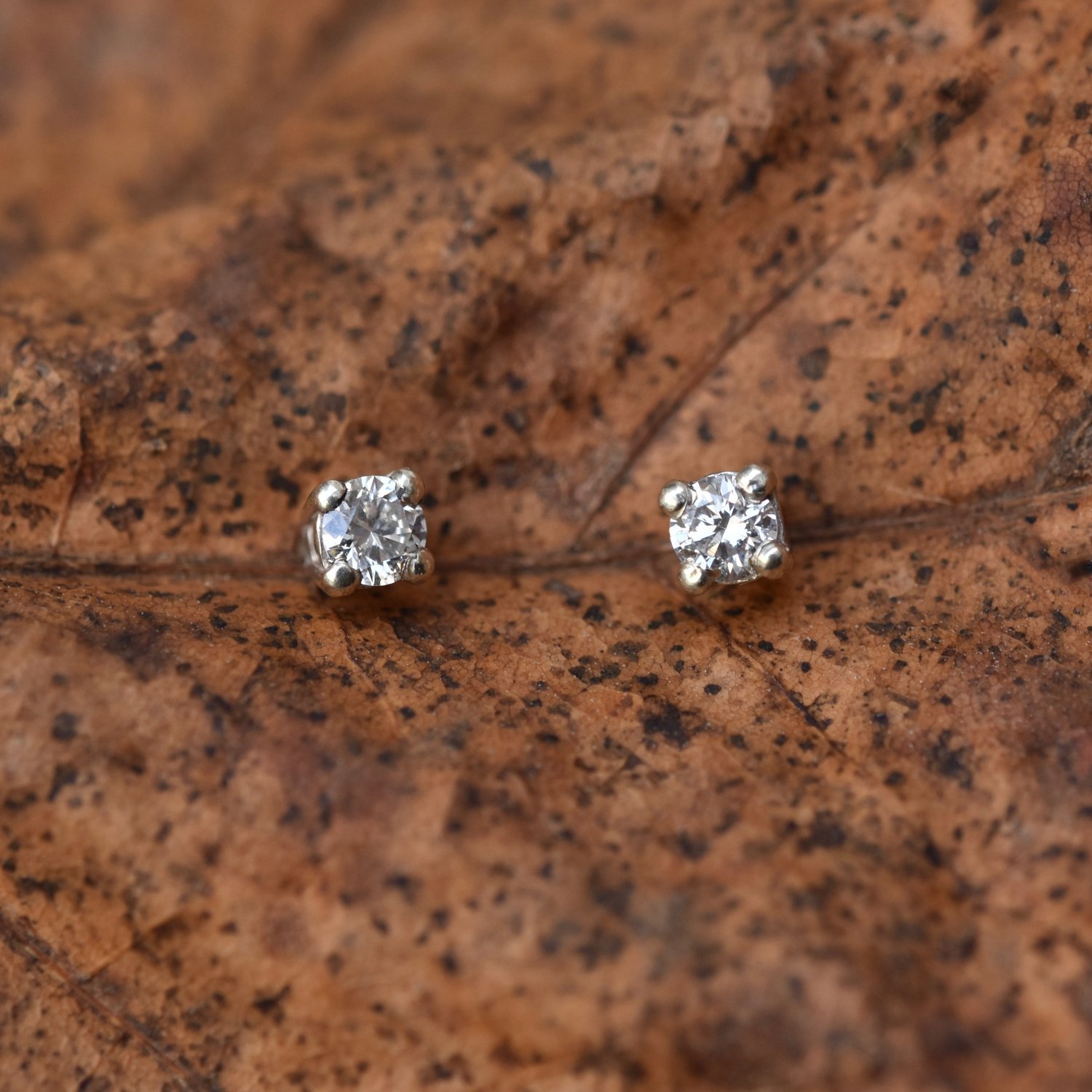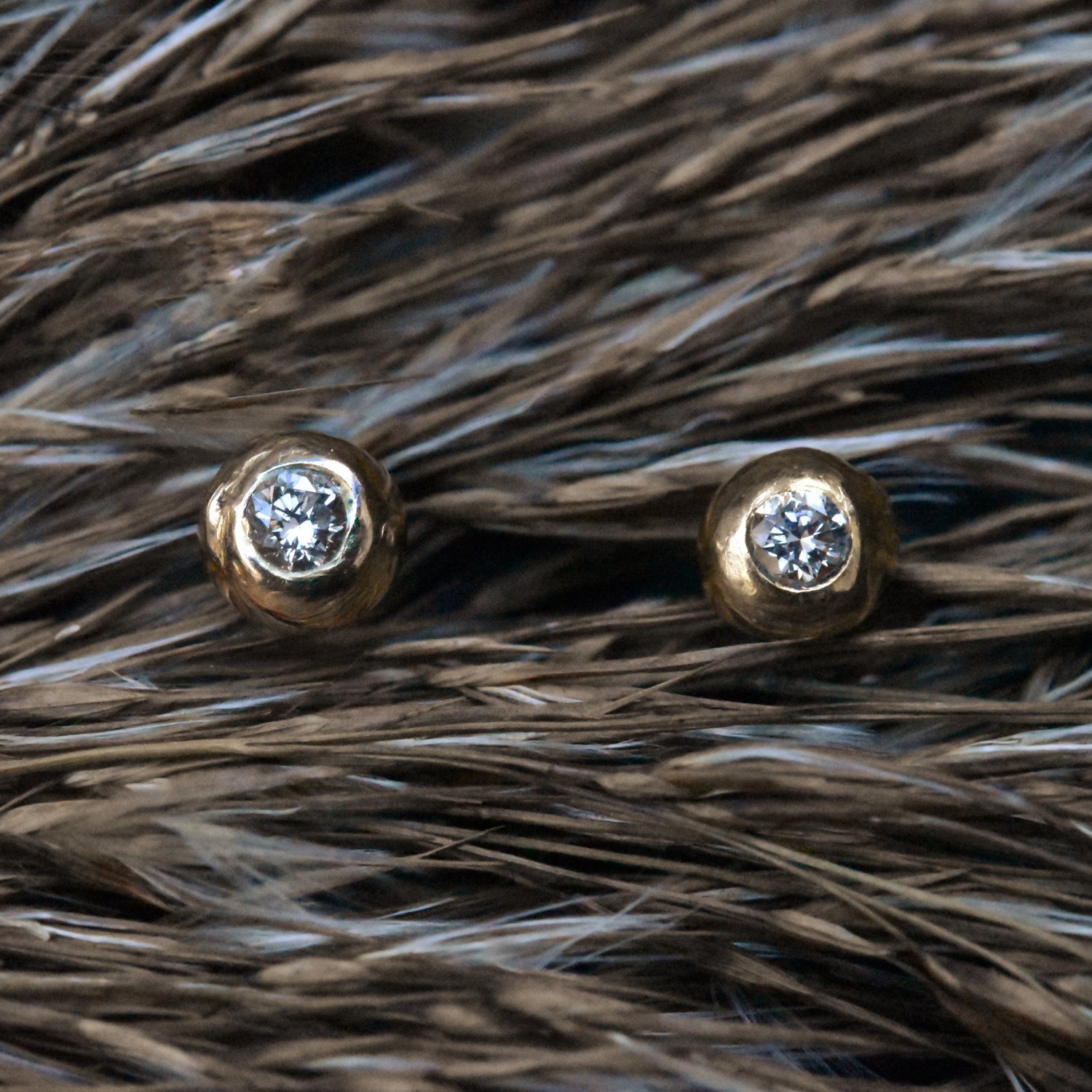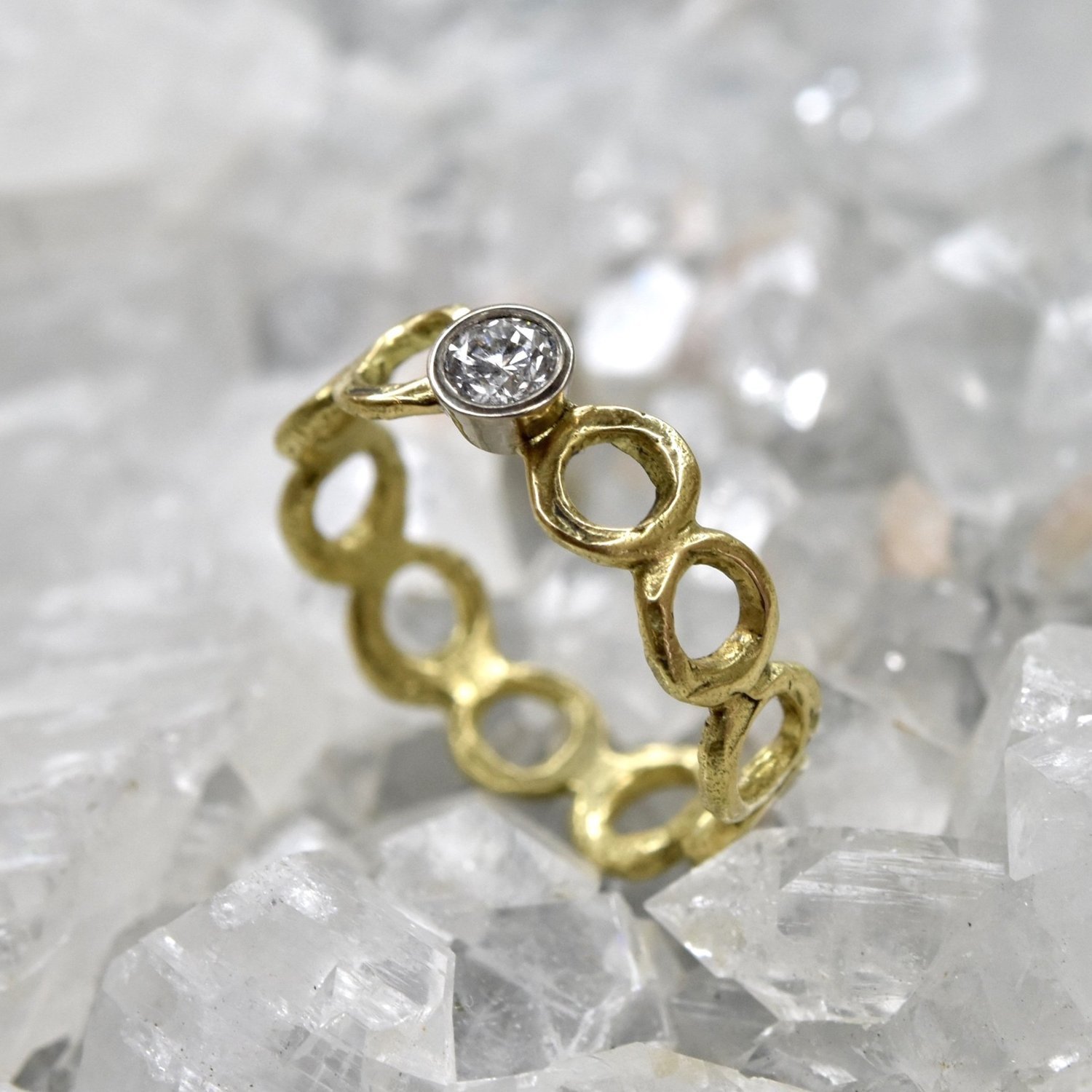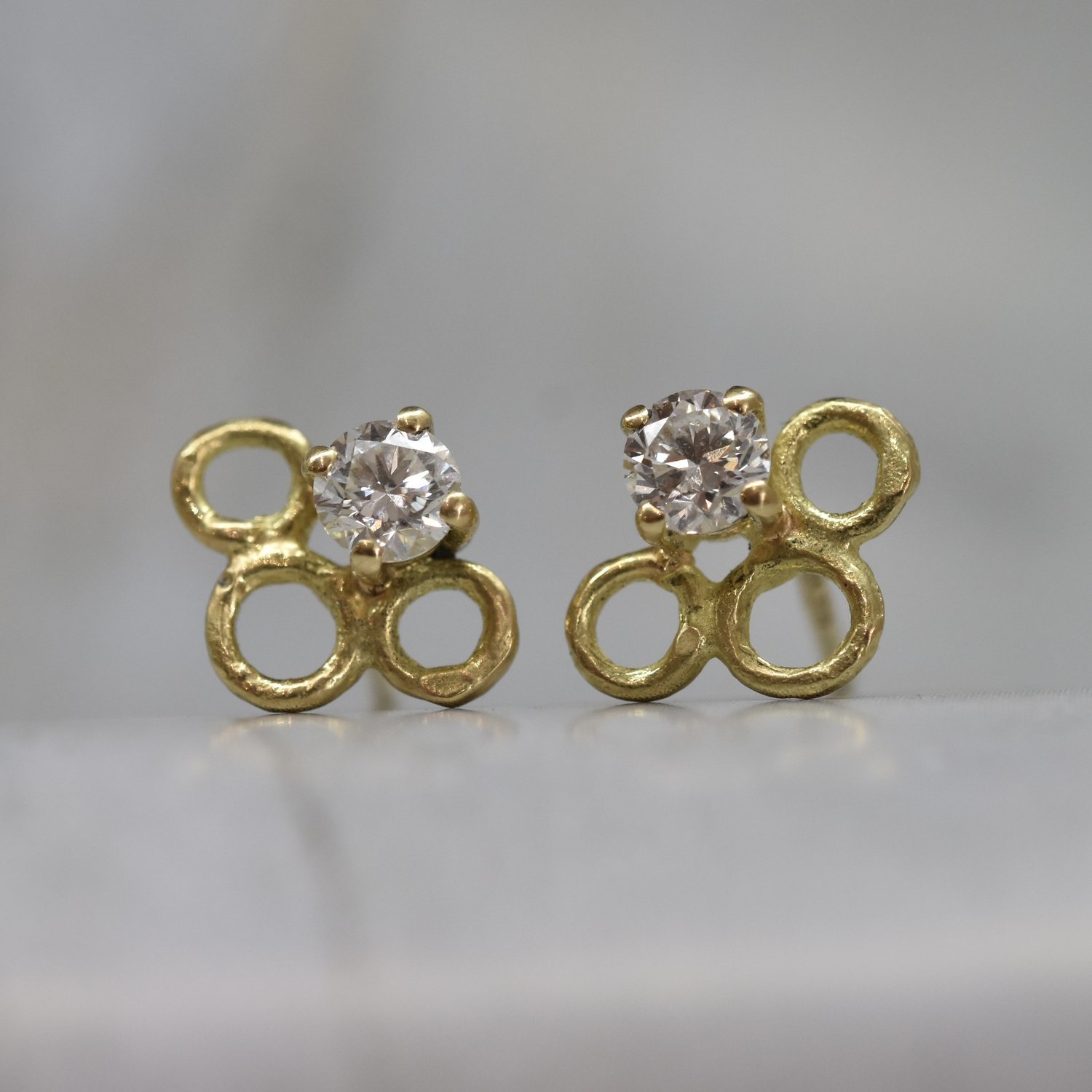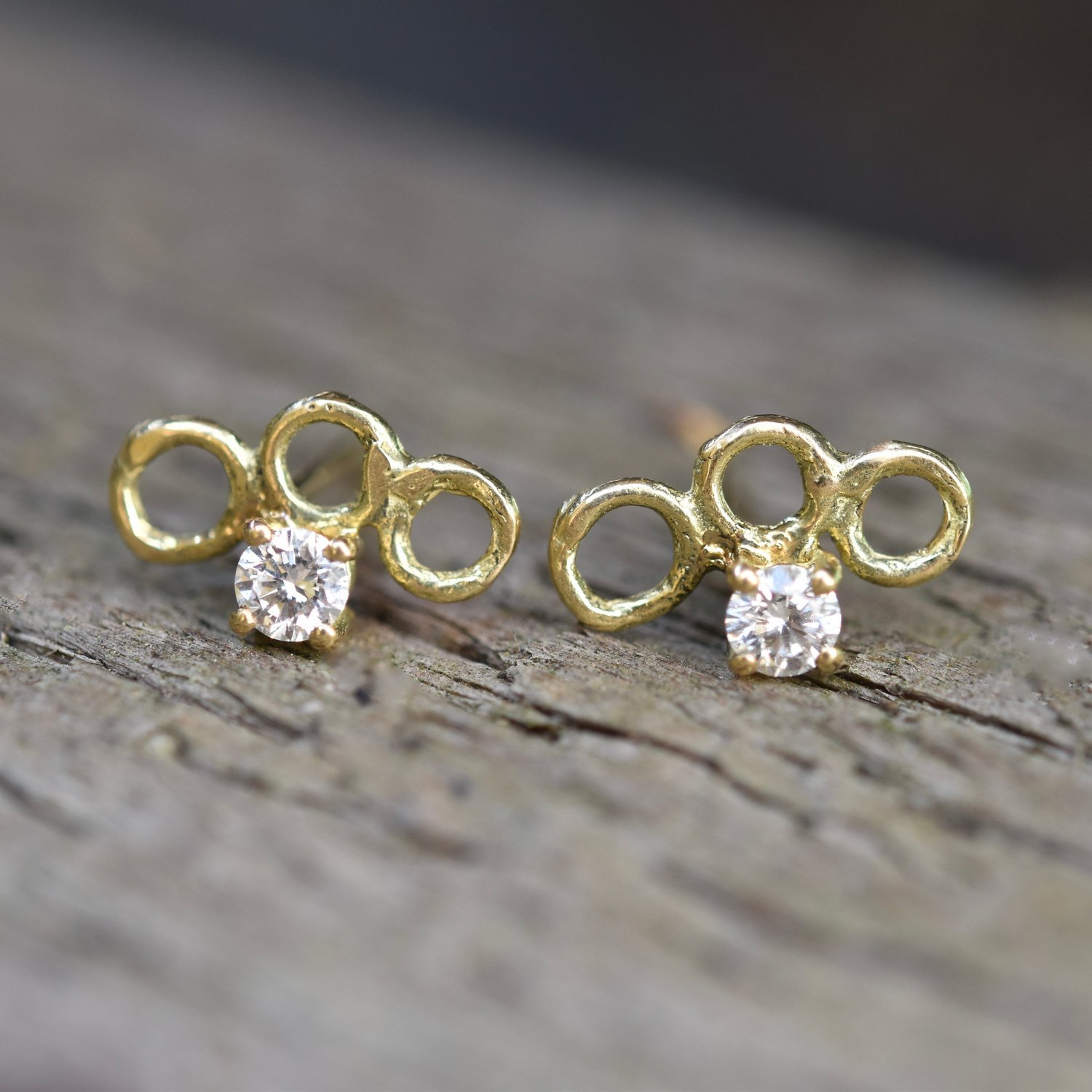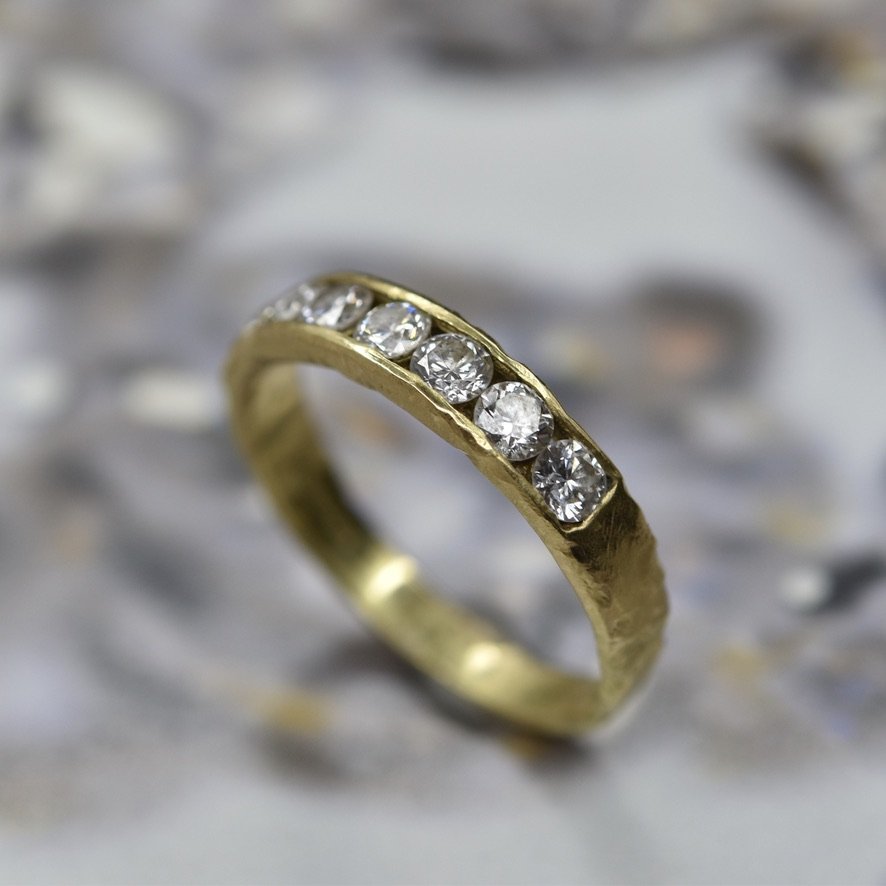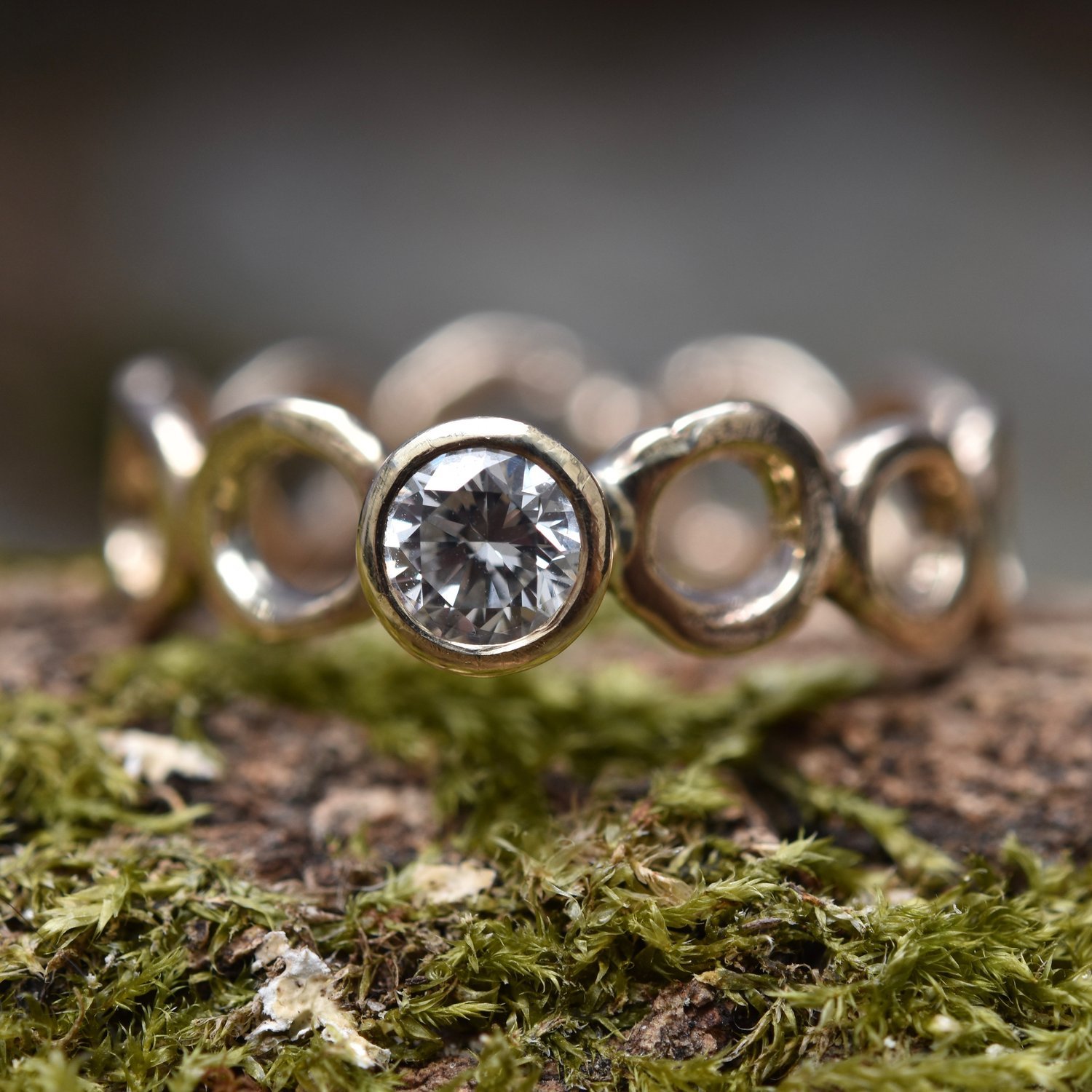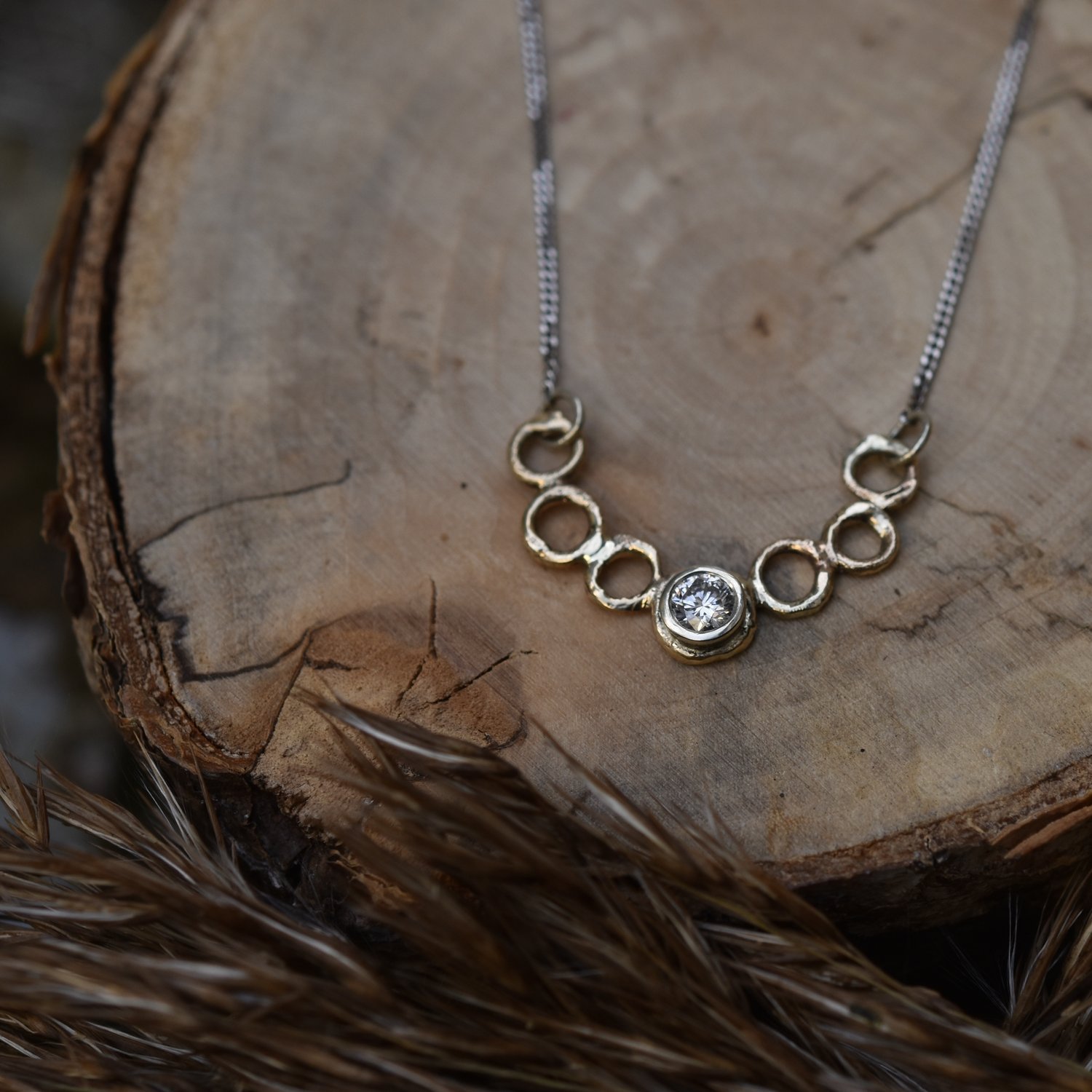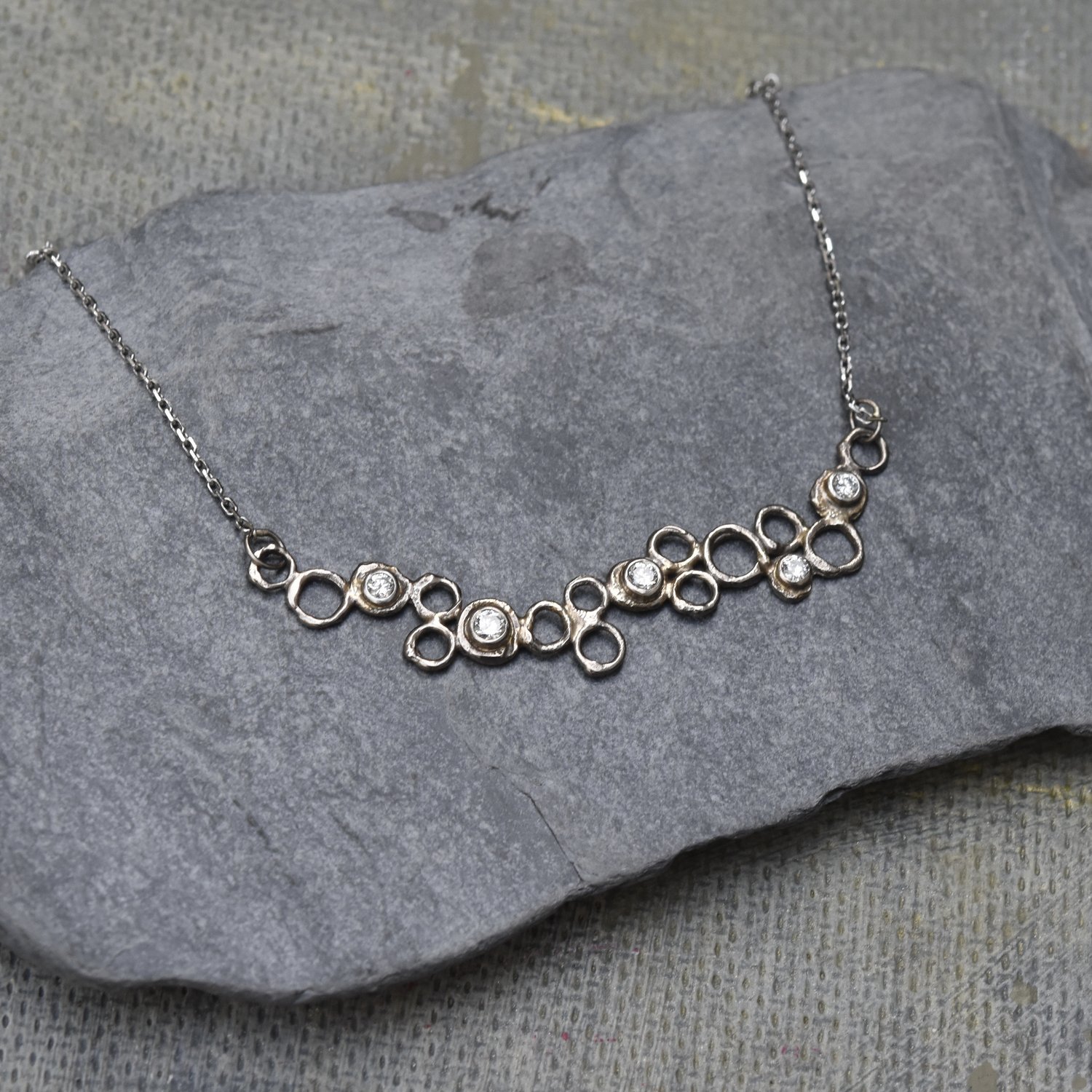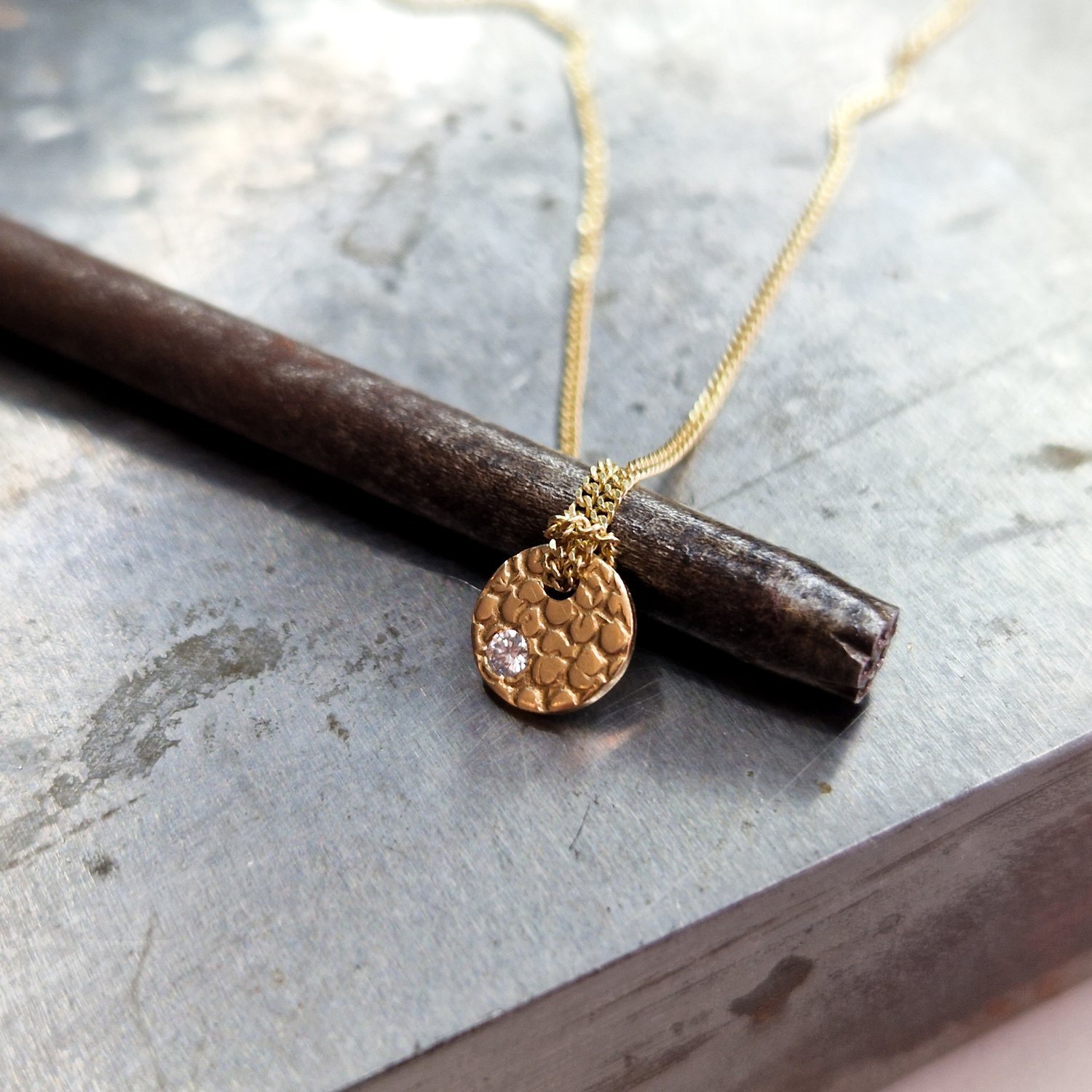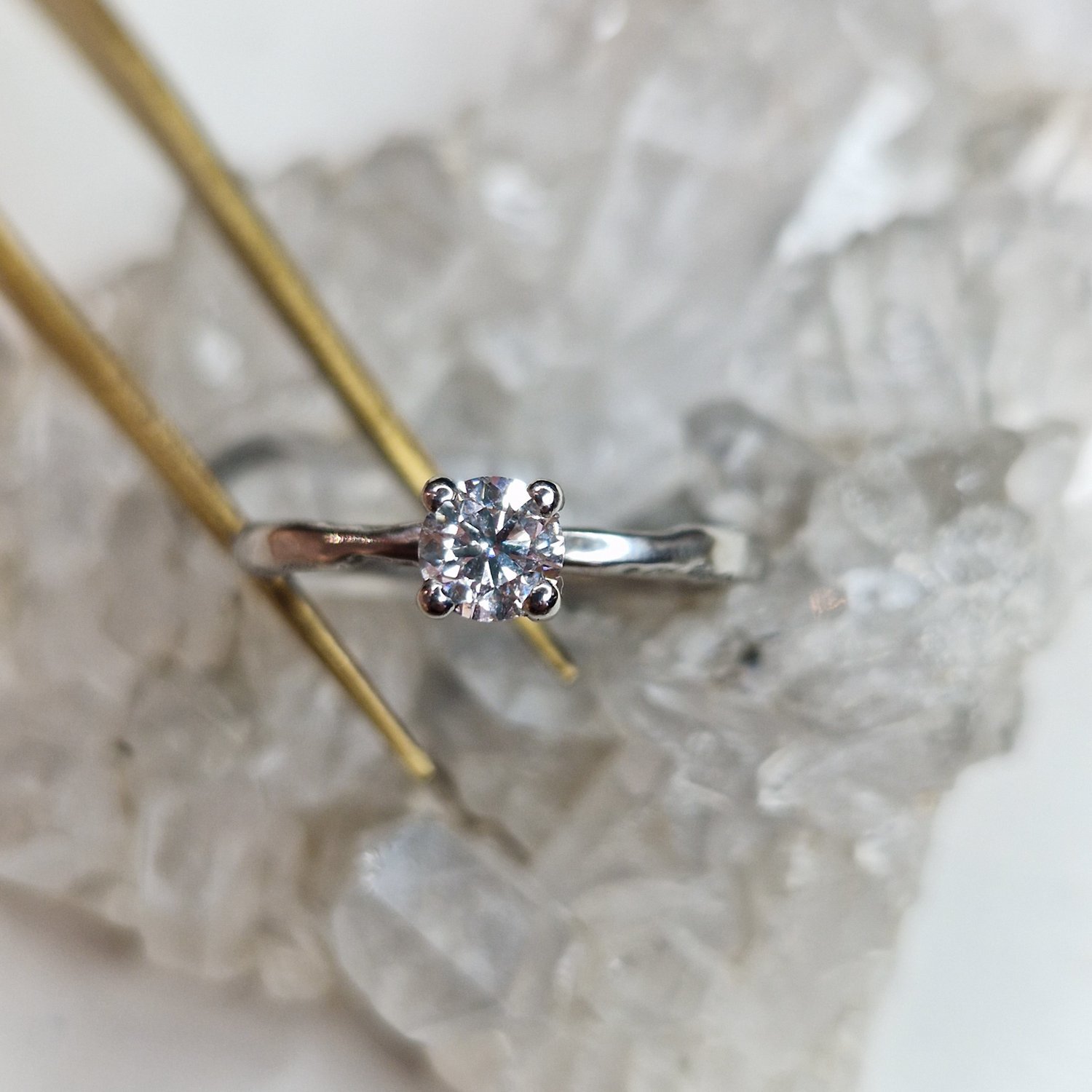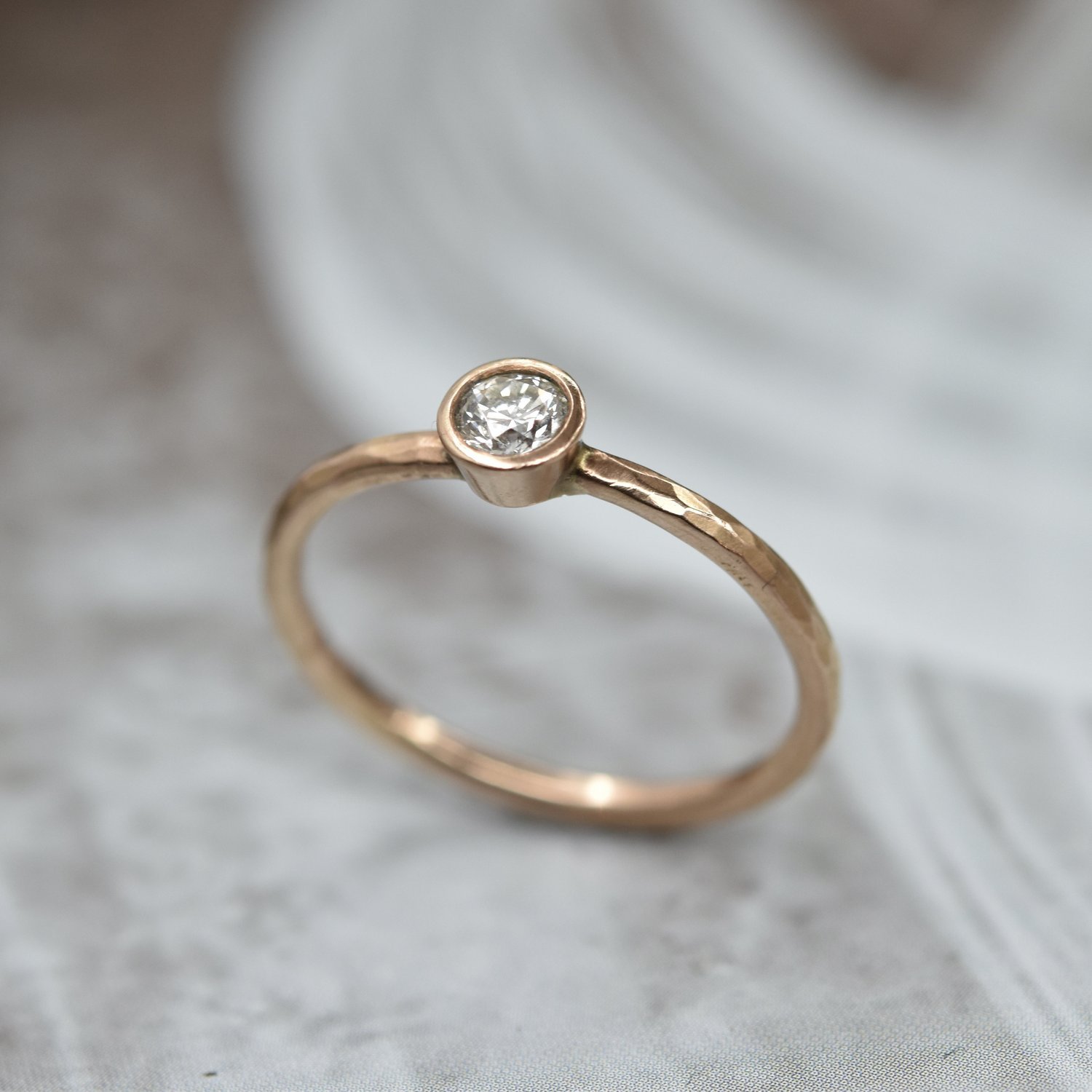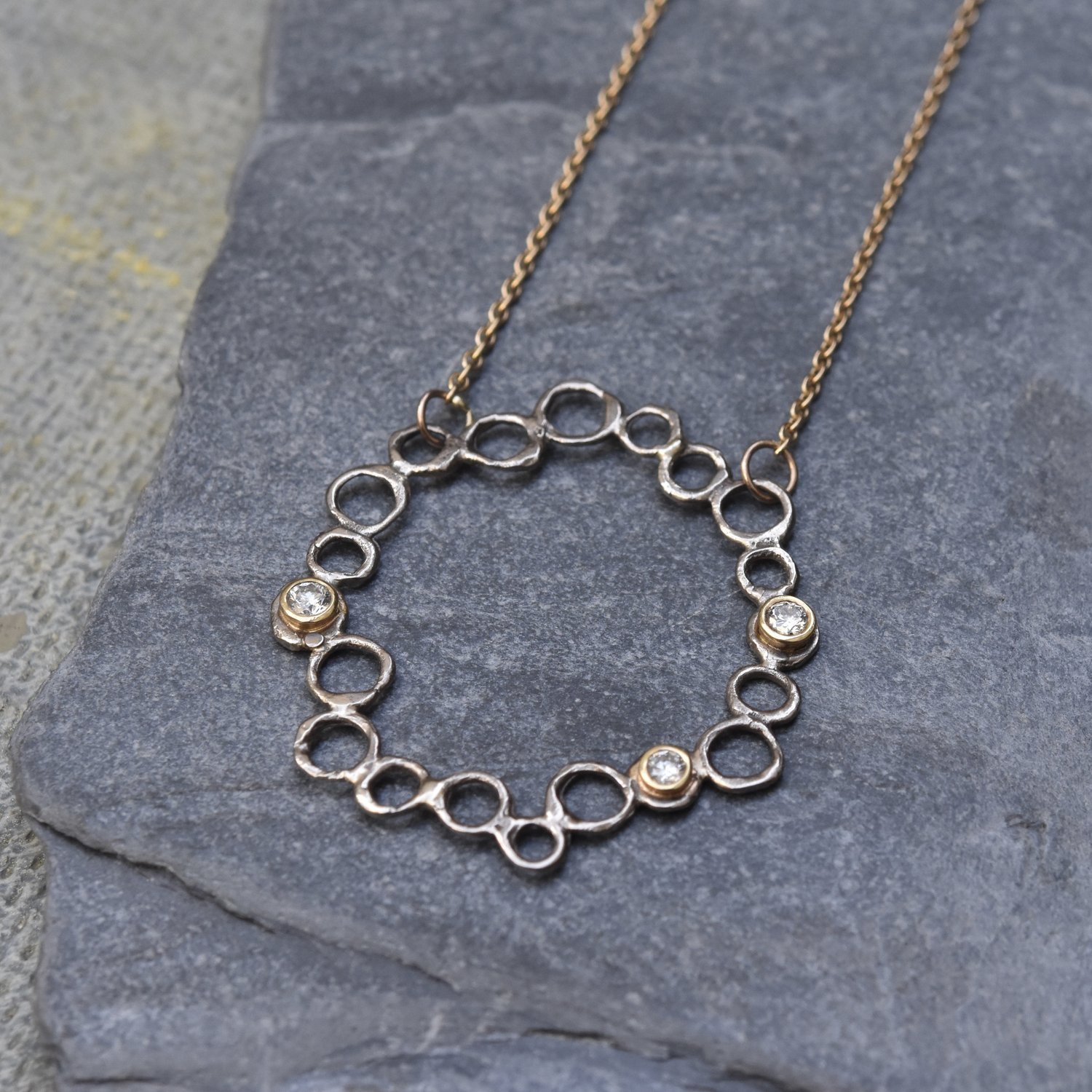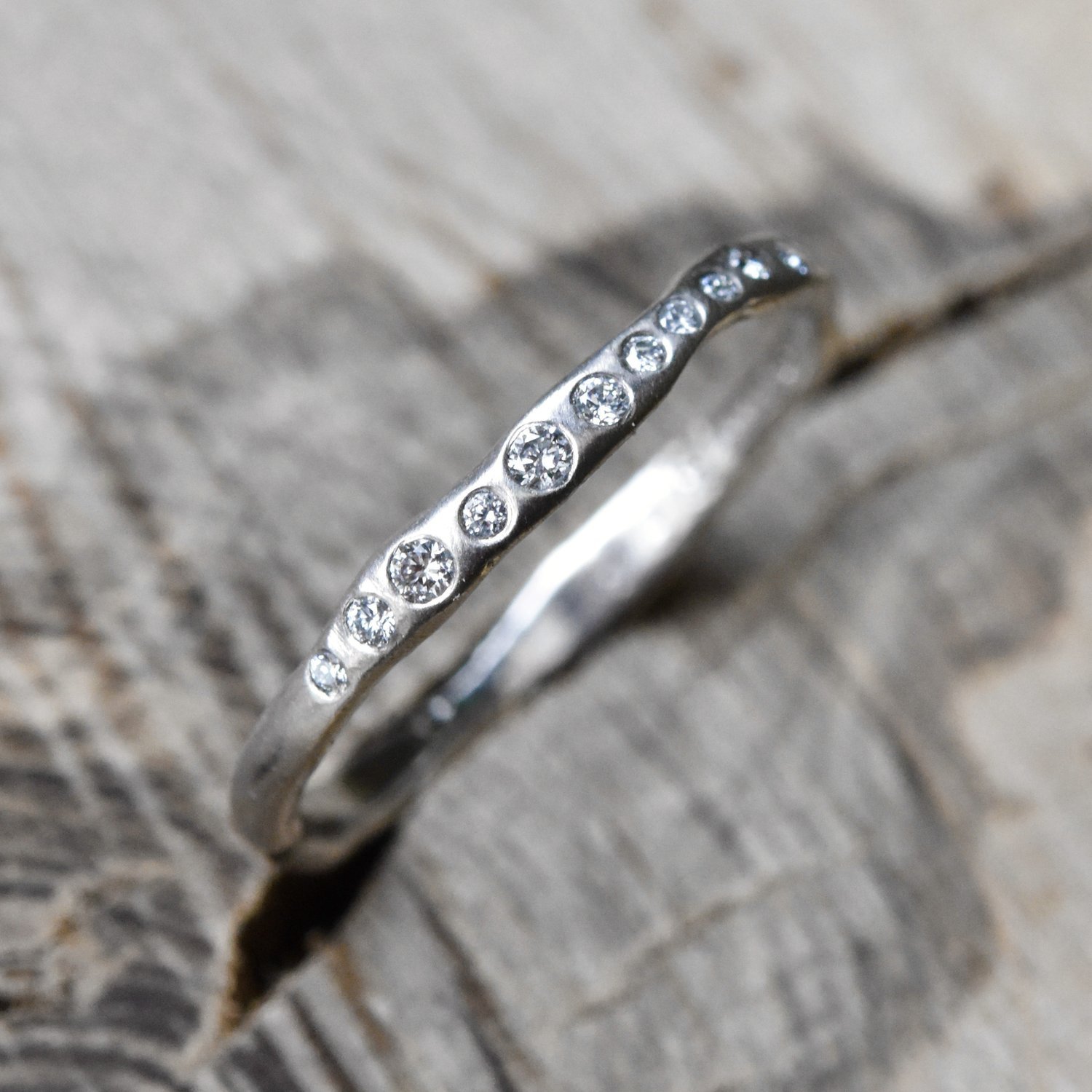April Birthstone: 10 Fun Facts (Diamond)
10 Fascinating Facts About Diamonds: Exploring the Allure of April's Birthstone
April's birthstone, the diamond, has captivated humanity for centuries. Its brilliance, durability, and allure have made it one of the most coveted gemstones worldwide. But what makes diamonds so special? Let's delve into the fascinating world of diamonds and uncover ten captivating facts that illuminate their timeless appeal.
Sparkly Brilliance: Diamonds mesmerise with their unparalleled sparkle. Brilliant-cut diamonds, with their optimal facet arrangement, refract light exquisitely, creating a dazzling spectacle that captivates hearts!
2. Unrivalled Hardness: Standing atop the Mohs scale at a perfect 10, diamonds reign as the hardest natural substance on Earth. This remarkable hardness ensures their enduring beauty, making them ideal for everyday wear and enduring the rigours of time.
3. A Spectrum of Colours: While traditional diamonds are famed for their colourless purity, diamonds come in a kaleidoscope of hues. From the warm tones of champagne and cognac to vibrant reds, blues, and greens. Erin loves to add a splash of colour to her designs with the use of coloured diamonds!
4. Historical Significance: The history of diamonds stretches back millennia. As early as 300 BCE, diamonds were used in India to engrave gemstones, showcasing their enduring cultural significance and craftsmanship.
5. The Legendary Cullinan Diamond: Weighing a staggering 3,106 carats, the Cullinan I diamond remains one of the largest rough diamonds ever discovered. Adorning the British Crown Jewels, its sheer size and unparalleled beauty continue to mesmerise admirers worldwide.
6. Diamonds Under Fire: Despite their reputation for invincibility, diamonds can be burned under extreme conditions. Heating a diamond to temperatures between 1290-1650 degrees Fahrenheit can lead to its combustion, a surprising revelation about these seemingly indestructible gems.
7. Ancient Origins: Diamonds' journey begins billions of years ago, deep beneath the Earth's surface. Formed under immense pressure and temperatures exceeding 1652 degrees Fahrenheit, diamonds emerge as enduring symbols of nature's power and beauty.
8. Carats, Not Carrots or Karats: The weight of diamonds is measured in carats, a unit derived from the Greek word "keration." Originally based on the weight of carob tree seeds, modern carats provide a precise metric for assessing the value and size of these precious stones.
9. Natural Treasures: While often associated with deep mines, diamonds can also be found in shallow alluvial deposits, where geological processes and river movements transport them from their original sources. This natural dispersion adds an element of serendipity to diamond exploration.
10. The Rarity of Gem Quality: Despite their ubiquity in popular culture, gem-quality diamonds remain relatively rare. Only around 30 percent of the diamonds mined worldwide meet the stringent criteria for gemstone quality, emphasising their desirability.
From their mesmerising brilliance to their ancient origins, diamonds continue to captivate and inspire us. As we celebrate April's birthstone, let's marvel at the enduring allure of diamonds and the countless stories they hold within their dazzling facets.

